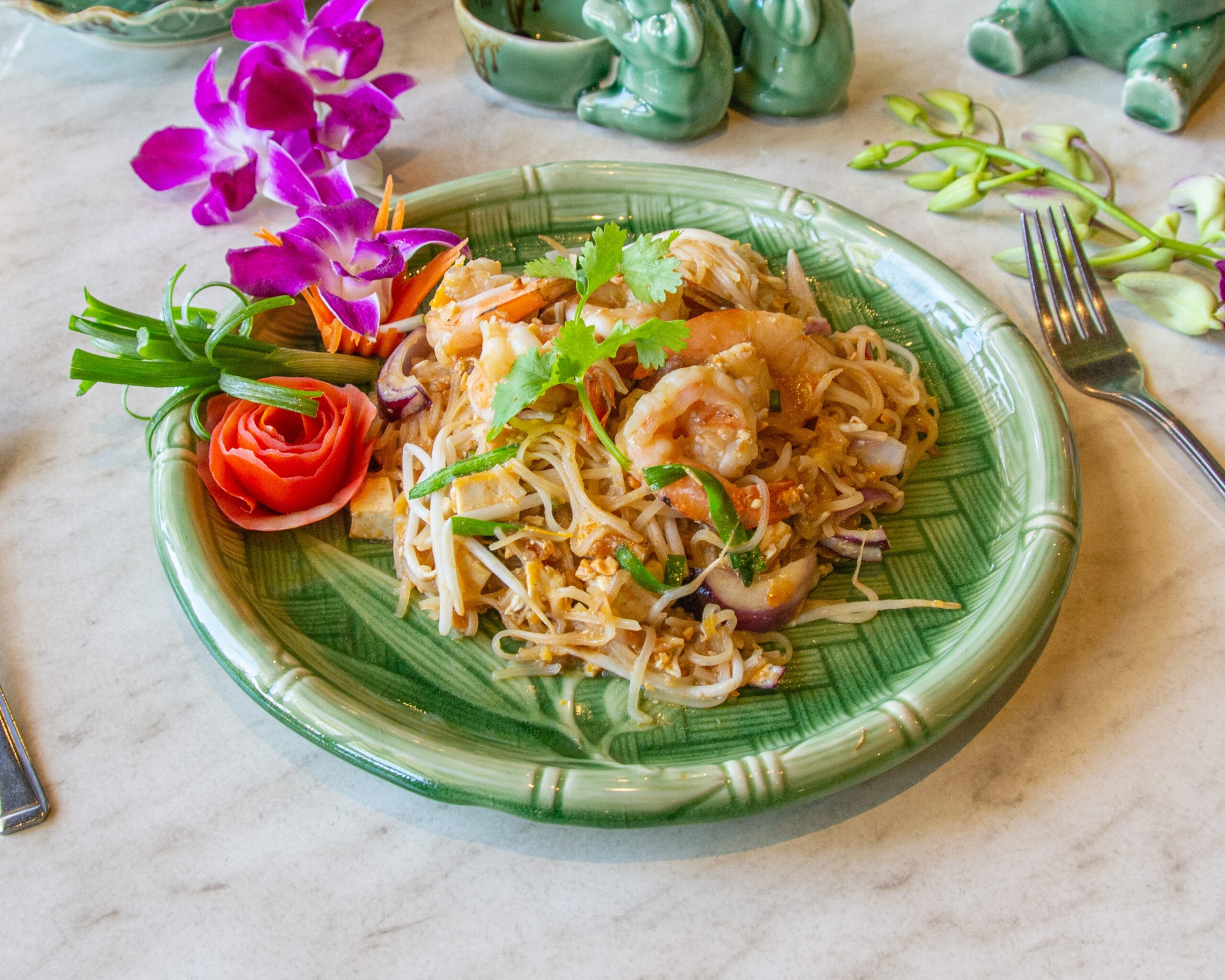The story of Pad Thai is as rich and flavorful as the dish itself, steeped in history, culture, and culinary innovation. Originating in Thailand, Pad Thai has become one of the most iconic and beloved dishes in Thai cuisine, captivating taste buds around the world with its perfect balance of sweet, sour, salty, and savory flavors.
The history of Pad Thai can be traced back to the 1930s in Thailand, during a time of economic hardship and government initiatives to promote national identity and unity. It is said that during this period, the Thai government sought to reduce rice consumption and increase the use of wheat and noodles as a way to address rice shortages and promote self-sufficiency.
As part of these efforts, the government launched a campaign to popularize noodle dishes, particularly those made with rice noodles, which were affordable and readily available. This led to the creation of various noodle-based dishes, including what would later be known as Pad Thai.
The exact origins of Pad Thai’s name are debated, with some theories suggesting that it was inspired by the Thai term “padh-pak,” which means “fried vegetables.” Others believe it may have been influenced by the Chinese Hokkien term “phat-pha-ho,” which refers to a stir-fried noodle dish.
Regardless of its etymology, Pad Thai quickly gained popularity among locals and became a staple street food in Thailand. Its versatility, affordability, and delicious flavors made it a favorite among people from all walks of life.
The traditional recipe for Pad Thai typically includes rice noodles stir-fried with ingredients such as shrimp, chicken, or tofu, along with eggs, bean sprouts, chives, and a flavorful sauce made from tamarind, fish sauce, sugar, and chili flakes. Garnished with crushed peanuts and a wedge of lime, Pad Thai is not only a feast for the taste buds but also a visual delight with its vibrant colors and textures.
Over time, Pad Thai has evolved and adapted to suit different preferences and dietary requirements. Variations may include the addition of vegetables, different protein sources, or adjustments to the level of spiciness to cater to individual tastes.
Today, Pad Thai is celebrated as a symbol of Thai culinary heritage and remains a beloved dish that transcends borders, bringing people together to enjoy its delightful flavors and cultural significance. Whether enjoyed on the bustling streets of Bangkok or savored in a Thai restaurant halfway across the globe, Pad Thai continues to enchant and delight food enthusiasts everywhere, making it a timeless classic in the world of cuisine.



